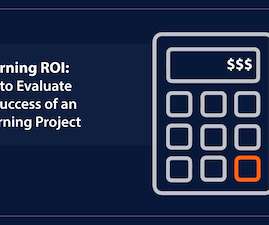Alternative to the Kirkpatrick Model of Training Evaluation
LearnDash
OCTOBER 20, 2013
If you have been in the elearning (or training) industry for any amount of time, then you are most likely aware of the Kirkpatrick model of learning evaluation. One could write an entire book on the Kirkpatrick model and the different levels, but I am not going to get into too much detail. Kaufman’s 5 Levels of Evaluation.












































Let's personalize your content